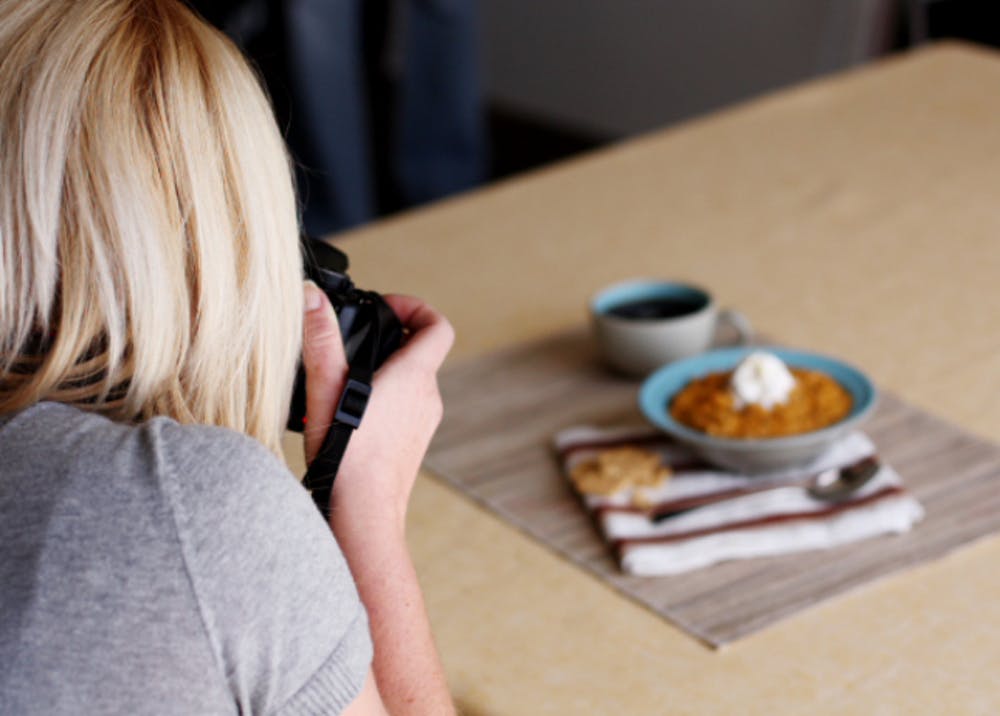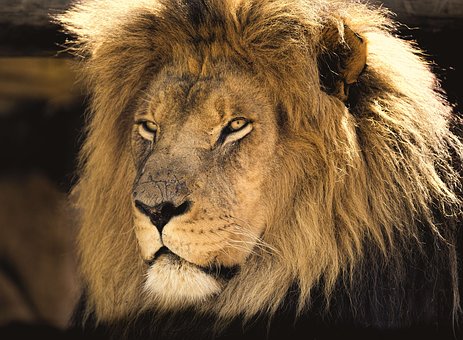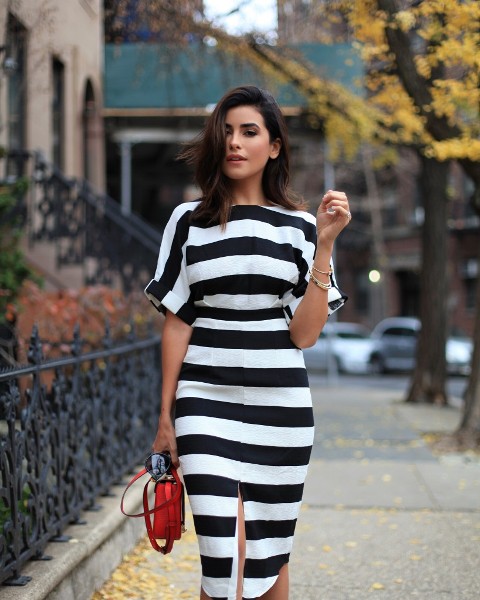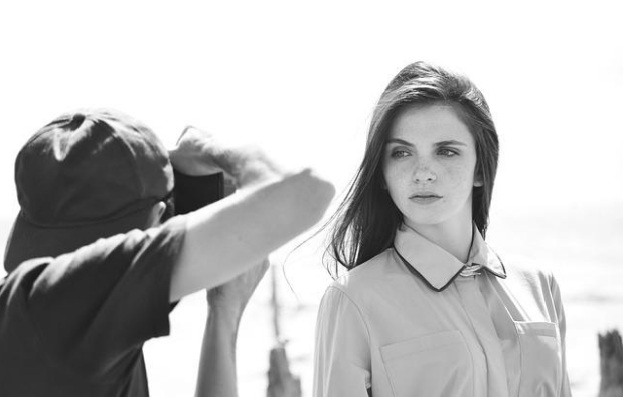We all know by now, that the 21st century is a century like no other, and you don’t need the Google stats to prove this as true. The growth of innovations and technology reached its epitome in this century which has paved the way for people to pursue whatever they want to. Today, we don’t just see a wave of doctors, engineers, stockholders, traders, or professors, leading the charge anymore. We’re in a new dimension where out-of-the-box achievers rule the social world, like bloggers, vloggers, social media influencers, photographers, artists, etc. Hello to the new world!
Coming to a very particular trade, photography is one that has witnessed a paradigm change in its course as a profession. In medieval times, photography had the sole purpose of adverts, newspapers, and films. Today, the opportunities are nearly endless. One of the most important groups of people who have contributed to this is bloggers. Just a couple of years ago, no one would’ve even believed that blogging could be a profession, but today, it is one of the most sought-after career paths for the new gen. The use of photographs extensively in blogs has increased the value of photography itself. One of the most common types of photography for blogs, especially for the e-commerce sector, is tabletop photography. Let us discuss about that.
Tabletop Photography – What is it?
Tabletop photography belongs to a type of photography which is known as still life photography. As the name suggests, still life photography is basically a counterpart of still life portrait or painting. It had emerged a long time ago as a distinct genre of photography and quickly became a specialization of profession in western paintings in the latter half of the 16th century. The most staple subjects for still life photography include natural items like plants, flowers, rocks, food, etc. or man-made things like shoes, tools, glasses, and so forth.
Tabletop photography is one branch of still life photography which lays its focus on capturing the objects that can be placed on a table and photographed. The most common types for this genre include product photography or food photography that is, photographing an object strictly for commercial uses. This means that all of the images you come across on e-commerce sites or newspaper and magazine advertisements are basically product photography, hence, tabletop photography.
Some Tips for Tabletop Photography
Since I’ve been discussing about bloggers, let me tell you this. Any creative blogger, be it a food blogger or a product blogger, or any one, all bloggers know that great photography is all about the light. The light is what makes or breaks the picture in your blog. It is a real struggle that bloggers have to face, from standing on chairs, twisting their necks at unnatural angles, to laying straight on the floor, just to get that perfect capture of the great new do-it-yourself jewellery project or that mesmerizing chocolate truffle cake. If you too want to ace tabletop photography, here are some tips to help you do so: –
1) Use the Natural Light
The best kind of lighting you can ever use for your photos is the natural light coming right through your windows, the holy-grail blessed by the Sun. It is highly advisable to never utilize the built-in flash that you have. Search your house to find the perfect spot, where the lighting is the best, even if that is your washroom!
2) Its Wise to Fake it sometimes
It’s great to fake it till you make it, because you can save some dough in your pocket while you do so. When it comes to tabletop photography, the most inexpensive and useful thing you can avail is a collapsible bounce reflector with gold and white sides. This will help you fill in any areas of your capture that are darker. Get anyone to hold it, place your camera on a tripod or use a clamp, and get to it, totally hands-free.
3) Using Easy Backdrops
Yet again, think of easy solutions that can save you money. A giant piece of white foam-board or a simple roll of white paper can be an excellent cost-saving solution for establishing backdrops for your shot. Just make sure that you choose the paper with a subtly textured and matte finish to help you avoid any kind of reflection. Another great solution can be a sheer white fabric put over a light source to soften the light in your shot and a black background can go a long way to put forth better dynamic shadows.
4) Work your Angles Efficiently
You may be very excited to finish up your project but don’t forget to be patient and work on your angles. Many a times, the sheer difference between a 6 o’ clock angle and a 2 o’ clock angle can create all the difference in your shot. Think about capturing your shots from a 90 degree angle and simply straight on.



